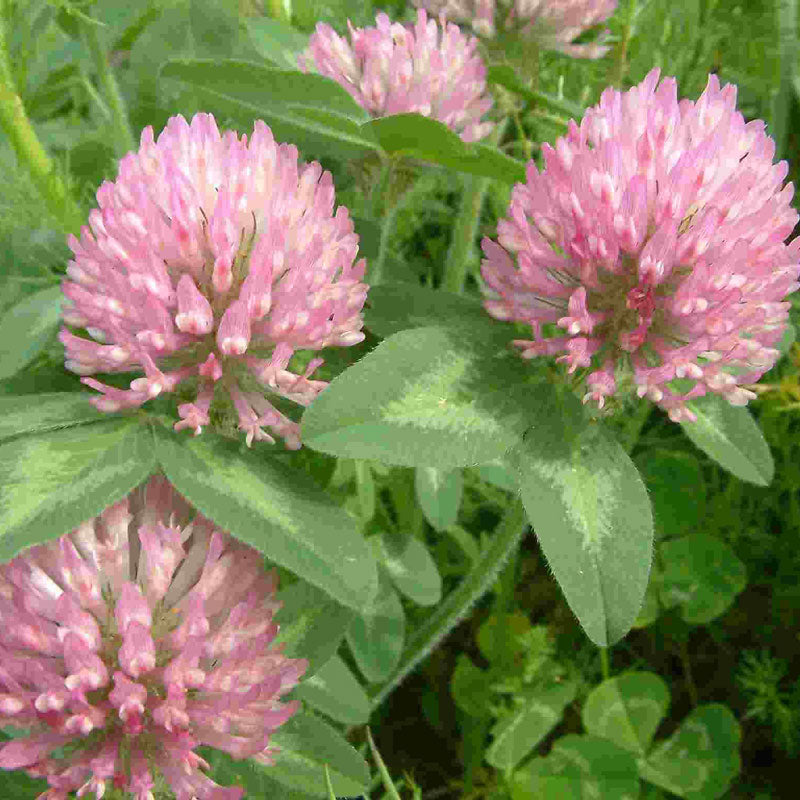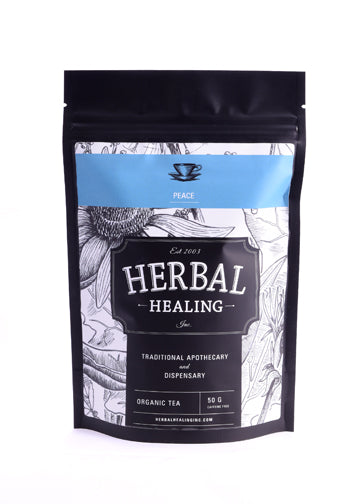

Red Clover (Trifolium pratense)
- $14.00 CAD
- $14.00 CAD
- Unit price
- per
50g, 100g, 250g
Couldn't load pickup availability
Parts used: Flowers
Properties
Alterative, antibiotic, antispasmodic, blood purifier, nutritive, sedative, stimulant, vulnerary
Primary nutrients
Calcium, cobalt, copper, iron, magnesium, manganese, nickel, selenium, sodium, tin, vitamins A, C, B-complex, F and P
Red clover has been used for treating cancer, bronchitis, nervous conditions, spasms and toxins in the body. Herbalists consider it to be a blood cleanser and recommend this mild herb in formulas when using a cleansing program. As an expectorant, it is often mixed with honey and water to make a cough syrup. It is also a mild sedative and useful for spasmodic conditions, bronchitis, wheezing and fatigue. Since red clover is mild, it can be used by children.
Studies indicate red clover contains some antibiotic properties beneficial against several bacteria, including the one that causes tuberculosis. In addition, red clover has a long history of use in treating cancer. Research has found anticancer activity in red clover. Although the findings are preliminary and the use of red clover as a cancer treatment has not been validated, research continues and is promising.
Red clover has also been used externally to treat skin problems such as acne, psoriasis, eczema and even vaginal irritation, in addition to topical application on burns, boils, sores and ulcers. It can be applied externally to help soothe lymphatic swelling or as an eyewash.
Primary Applications
Acne
AIDS/HIV
Athlete’s foot
Blood impurities
Bronchitis
Cancer
Eczema
Leukemia
Liver disorders
Nervous disorders
Psoriasis
Skin disorders
Spasms
Toxins, effects of
Secondary Applications
Arthritis
Asthma
Boils
Burns
Childhood diseases
Colds
Constipation
Coughs
Cramps, muscle
Fatigue
Flu
Gallbladder
Gastric disorders
Indigestion
Leprosy
Lymphatic irritations
Rheumatism
Sores
Syphilis
Throat, sore
Tuberculosis
Ulcers
Urinary infections
Vaginal irritations
Whooping cough
Wounds
50g, 100g, 250g
RELATED PRODUCTS
- Choosing a selection results in a full page refresh.



